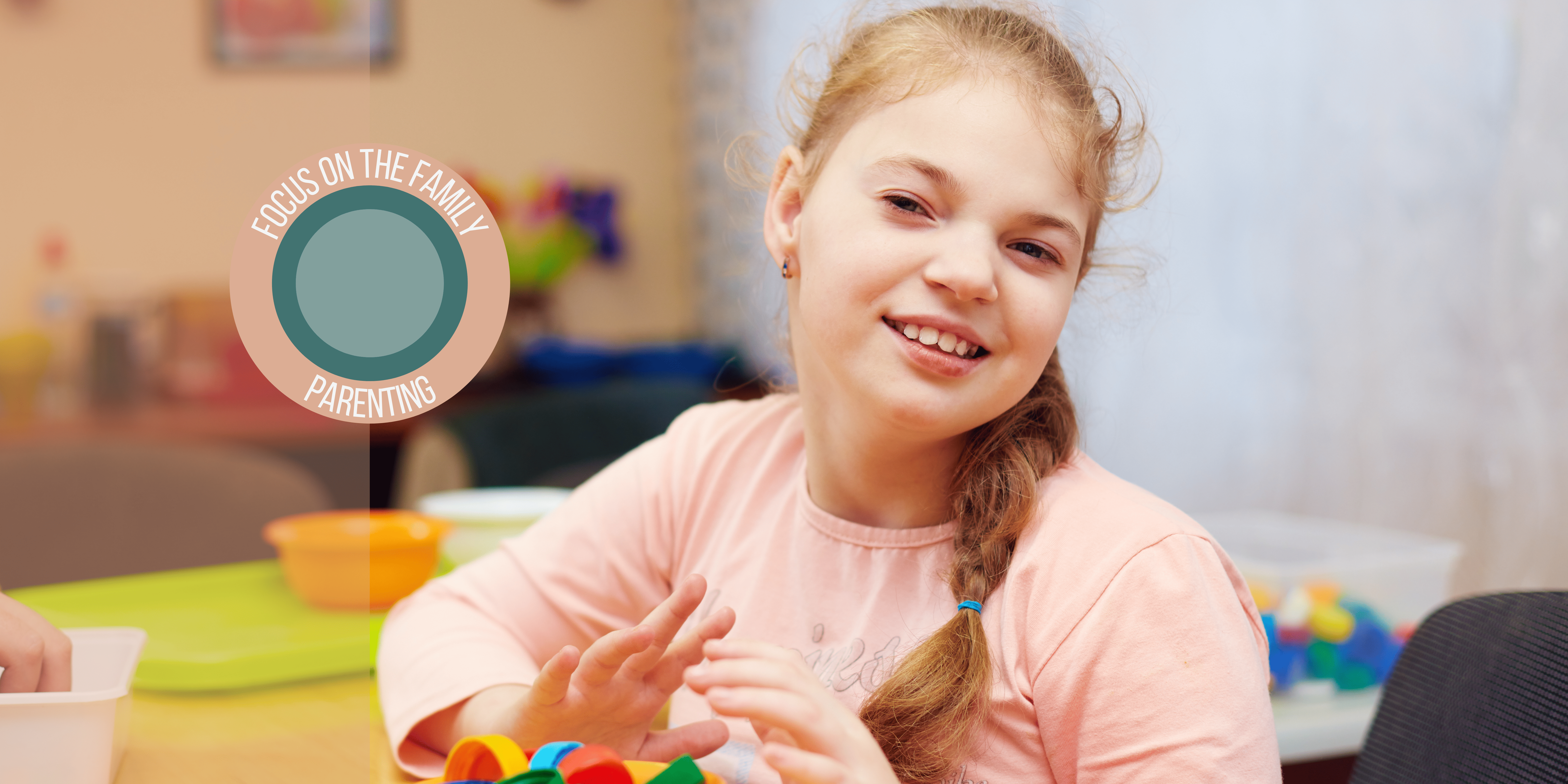McMaster Children’s Hospital (MCH) and Ron Joyce Children’s Health Centre (RJCHC) host one of Ontario’s largest and rapidly expanding hospital-affiliated autism programs.
The program at RJCHC offers a range of services, including a clinical team specialized in Applied Behaviour Analysis (ABA).
ABA therapy is designed to enhance communication and daily living skills while minimizing interfering or challenging behaviors.
This therapy can be delivered at the clinic, at home, in school, and within the community.
In celebration of autism awareness, we are highlighting Lochlin, a young patient with autism who faced challenges in finding food appealing.
Working together, Lochlin’s ABA autism therapist, family, and healthcare team devised a plan to foster and promote healthy eating habits.
Lochlin Baxter was diagnosed with Autism Spectrum Disorder (ASD) at RJCHC just before turning three years old. His feeding behavior became a significant concern as he was not gaining weight.
After experiencing stomach flu, his aversion to solid foods intensified, leading to hospitalization and the insertion of a gastrostomy tube (G-tube).
The G-tube is inserted directly into the stomach through the abdominal wall and is utilized to provide liquid and food to individuals who are unable to meet their caloric needs through oral feeding.
At nine years old, Lochlin still relies on his G-tube, but he has been collaborating with the RJCHC staff to gradually reduce his dependence on it.
The aim is to broaden the variety of foods he consumes and increase his willingness to eat orally.
Kiley Lortie, the autism therapist, conducts direct therapy sessions with Lochlin and his parents, employing a gradual approach to desensitize him to foods while ensuring he is not overwhelmed.
When introducing new foods to Lochlin, Lortie and the team took a cautious approach, prioritizing his safety by ensuring there were no issues with swallowing or choking.
According to Lortie, they adopted a step-by-step approach with Lochlin, starting with small actions like having him take a lick of yogurt off a spoon and gradually moving towards introducing larger portions and diverse food types. Leveraging Lochlin’s playful and lively nature, they creatively integrated fun elements into the food introduction process, ensuring an enjoyable eating experience for him.
In addition, Lortie employs a reward-based approach to encourage Lochlin to consume meals and utilize positive coping strategies.
She explains that due to his enjoyment of trivia and guessing games, they incentivize Lochlin by having him take a certain number of bites or finish a portion to earn clues or explore fascinating facts through Google. The key, she emphasizes, is finding that balance and discovering ways to keep him motivated throughout the process.
Source : hospitalnews.com







